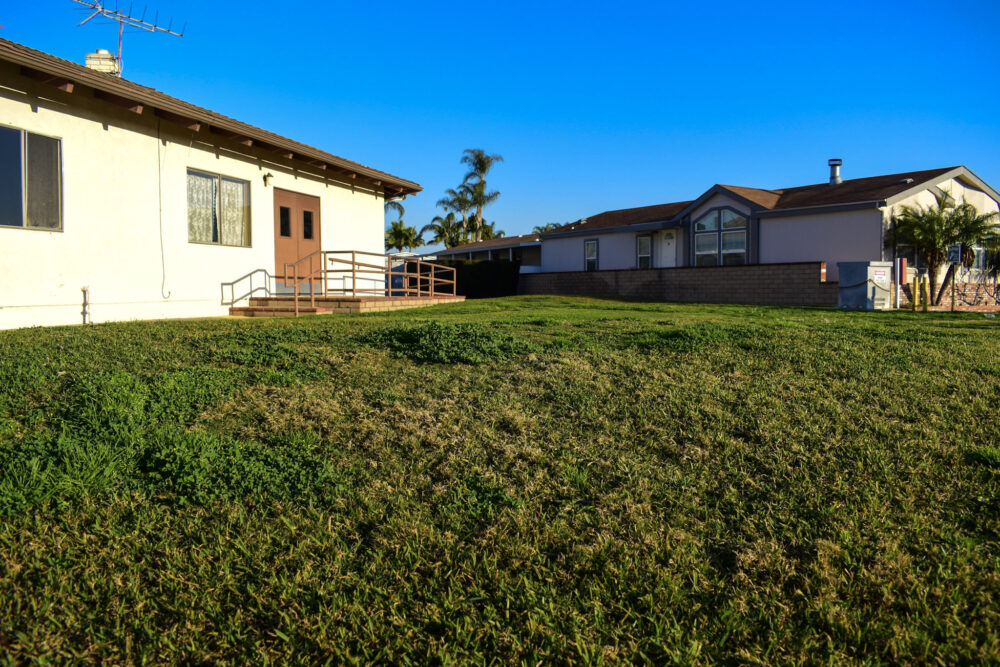
By Alexys DeMaria
As of 2005, more than 40 million acres of land on the continental United States contain lawn. A hallmark of American homeownership, they must be trimmed, fertilized, cultivated and mowed. Americans spent slightly more than $29.1 billion on lawn care in 2015, but is this cost worth the look?
As noted by the American Obsession with Lawns, lawns are viewed as an indicator of socio-economic character, which translates into property and resale values. The upkeep of a lawn signifies that the owners have the time and funds to maintain a seemingly useless piece of land.
European influence and style was one of the biggest imports to America. The palace of Versailles’s new ‘green carpet’ inspired the founding fathers in the United States.
George Washington’s English gardeners designed Mount Vernon with the same idea in mind, an expanse of closely cut grass. As images spread from Vernon, so did inspiration for wealthy Americans.
The grasses preferred today immigrated to America along with settlers from the world. Mediterranean grasses brought along with Spanish missionaries and soldiers now populate the southwestern United States.
By 1672, 22 European species of weeds had taken up residence around Massachusetts. As herd animals grazed away the native population of plants, shepherds had a varied selection of foreign grasses to choose from.
Now the lawn care industry is larger than ever. It isn’t difficult to find countless fertilizers, tools and seeds. Statistics from the IBIS World Landscaping Services Industry Report shows that the landscape services industry has a market size of $105.1 billion in 2021.
Yet this practice is outdated and harmful to the environment and wallets of Americans. Many of the fertilizers and pesticides available for grass are harmful to the environment and wildlife, and can directly wash into waterways and groundwater.
Especially in a state constantly battling droughts, water usage by Californians constantly needs to be reevaluated. The 2021 water year was California’s driest in a century, and more than half of the state’s water years since 2000 have been dry or drought years. Considering lawns require about 200 gallons of drinking water per person per day, they may not be the answer. So what can we do to combat the waste of water in our front yards?
A biodiverse yard of native plants can benefit our wallet, environment and local wildlife. Native plants are those that occur naturally in the region they evolved.
They do not require fertilizers, require less water than lawns, help prevent erosion and provide shelter and food for wildlife. Some plants native to the Orange County area include deergrass, catalina currant and california silverlace.
Not only are they beautiful, they can attract wildlife which wouldn’t normally be there. A biodiverse garden provides a necessary habitat for birds, as well as providing nectar for pollinators including bees, hummingbirds, and butterflies.
One way you can promote biodiversity is by creating a vegetable garden in previous lawn spaces. Not only is this a fun hobby, but allows for you to provide food for yourself and the community.
With so many possibilities, your new biodiverse yard will—literally—blossom
You can find native plants in your area on websites like audubon.org or the California Native Plant Society website or even learn how to start a butterfly garden to attract pollinators to your home.





